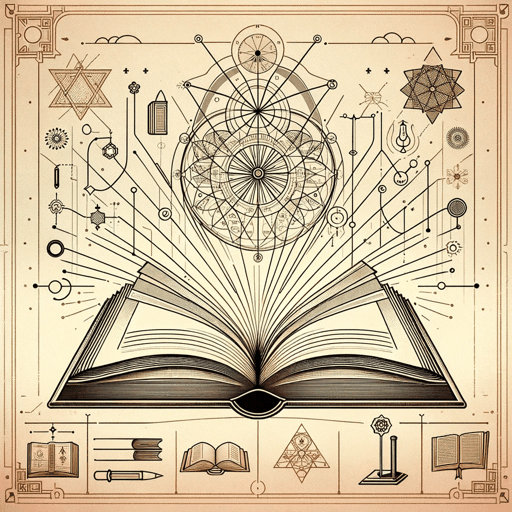51 pages • 1 hour read
Ibn KhaldunThe Muqaddimah: An Introduction to History
Nonfiction | Book | Adult | Published in 1377A modern alternative to SparkNotes and CliffsNotes, SuperSummary offers high-quality Study Guides with detailed chapter summaries and analysis of major themes, characters, and more.
Index of Terms
Bedouin
Bedouin, in the traditional definition, are Arab groups who lived as nomadic pastoralists (that is, animal herders) in the desert in contrast to those Arab groups settled in towns or engaged in commerce. Ibn Khaldun expands the definition of Bedouin to include any group of people who live outside cities in relatively poor conditions, including farming villagers. He still uses the Arab Bedouin as the classical example of a Bedouin for the purpose of his analysis. Bedouin are the first of the two major types of society, the second being sedentary civilization.
Caliph
After the Prophet Muhammad’s death, the Muslim community accepted a series of “successors” (the literal translation of “caliph”) who continued in Muhammad’s role as the political, judicial, and religious head of the community (though not necessarily in his role as a prophet). Caliphs, in theory, ruled the entire Dar al-Islam (i.e., the Muslim world). In practice, they quickly lost that universal political authority and became closer to regional kings. Ibn Khaldun acknowledges that transformation, while insisting a single “imam” ruling as caliph would be preferable. For the time, any Muslim ruler who places the protection of Islam at the center of his reign can have a caliphal

